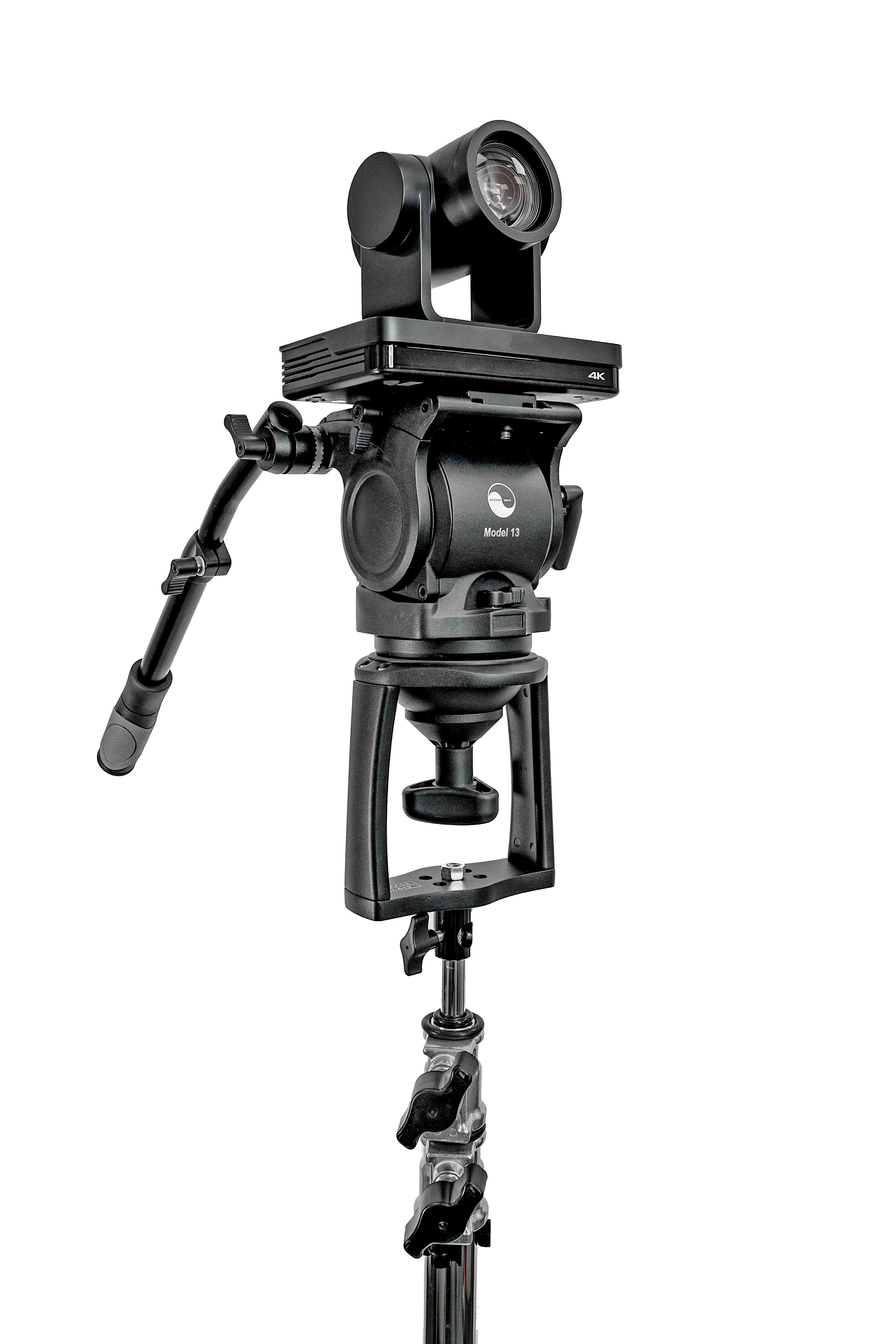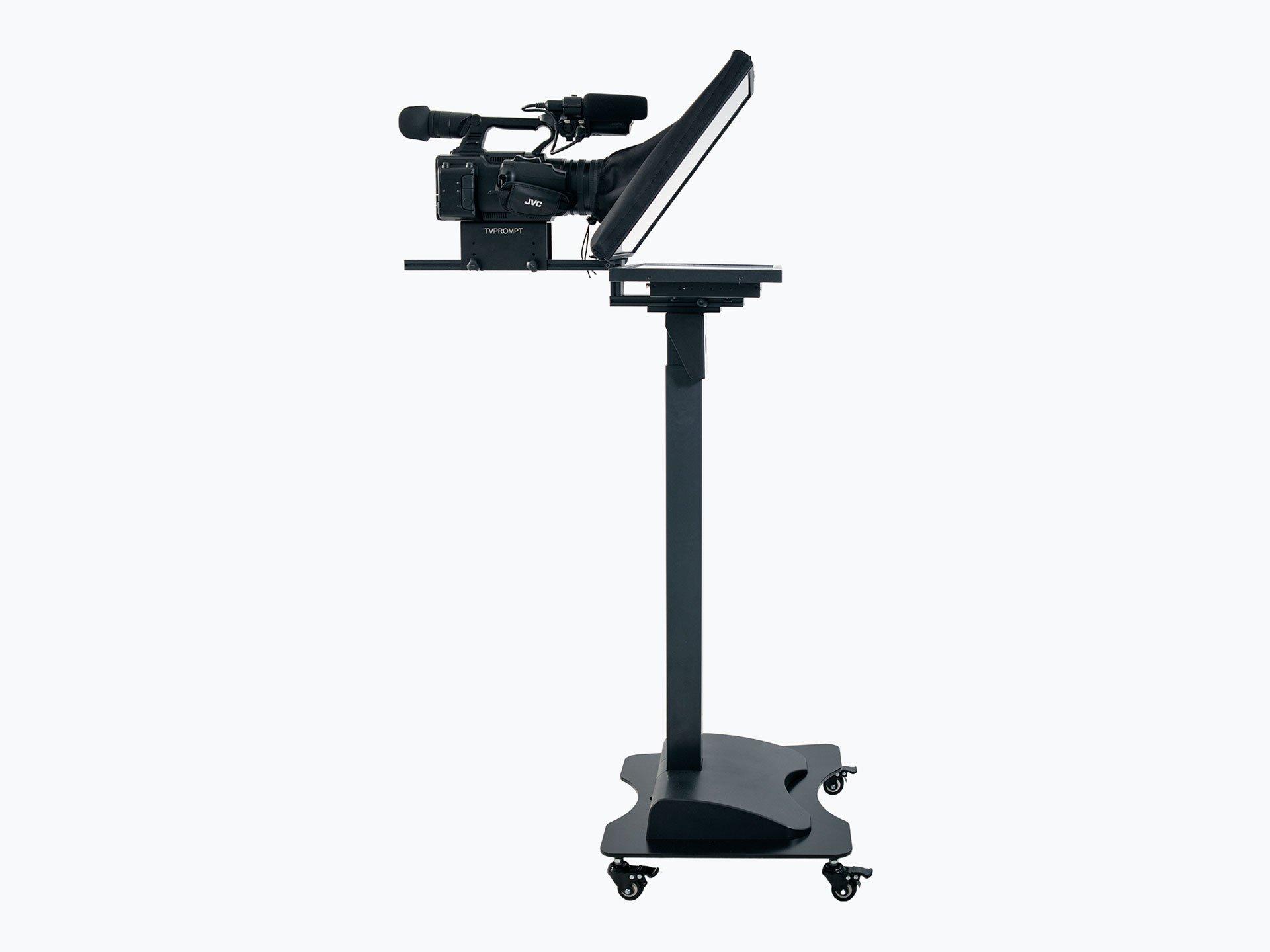Information that helps - The importance of PTZ cameras in the studio and for the media industry in 2023
PTZ cameras are equipped with motors that allow them to pan (rotate horizontally), tilt (rotate vertically), and zoom in and out. This allows the camera to follow movement within its field of view. PTZ cameras had been former used as security and surveillance applications where it is important to be able to remotely control the camera's field of view.
The importance of PTZ cameras today is that they are gamechanger in the studio. Let's take a closer look to see what I mean.

PTZ cameras for remote learning
PTZ cameras can be used in remote learning environments to enable real-time video communication between students and teachers. A PTZ camera can be mounted in a classroom or lecture hall, allowing the teacher to remotely control the camera's field of view to show different parts of the room or focus on specific students or presentations. This can be particularly useful in large classrooms or lecture halls where it may not be practical or possible to have a fixed camera covering every possible angle.
PTZ cameras are also often equipped with advanced features such as high-resolution chips, which allow them to capture clear, detailed images.
In a remote learning setting, a PTZ camera can be used to stream live video of the teacher's lectures or presentations to students who are participating remotely. The teacher can use the camera's pan, tilt, and zoom functions to show different parts of the room or focus on specific visual aids or materials. This can help to create a more interactive and engaging learning experience for the students.
PTZ in the studio
PTZ cameras, can be used in a studio setting to enable real-time video communication and streaming. But PTZ can way more. In a studio setting, a PTZ camera can be mounted on a tripod or other stable platform, allowing an operator to remotely control the camera's field of view to show different parts of the studio or focus on specific subjects or objects. PTZ cameras are often used in studios to enable live streaming of events or shows, such as concerts, sporting events, or talk shows. PTZs functions are used to follow the action or focus on specific subjects or objects. PTZ cameras are also commonly used in studios to enable video conferencing, allowing people in different locations to communicate in real-time.
PTZ and AI
Overall, the combination of PTZ cameras and AI technology can enable a range of advanced capabilities, including real-time motion detection, object and speech recognition. This allows some of the functions of a camera operator to be automated. These functions are manual focus pulling and manual operating the tripod to track a person in front of the camera.
Gamechanger PTZ
From the use for security to the use in a studio is a long way. The use of the PTZ in the studio is to replace the cameras used before in a studio. Modern PTZs from Canon or Panasonic can cost up to 15.000 €. Sony have a model where you change the lens. PTZ are even used in feature films.
Why this way?
It ist the automatisation. You do not need the cameraman any more. Just one person who control everything.
Outlook, the future
The future will be a studio where the cameras are Camera Roboter which can change positions and the height oft he camera. This combined with the functions of a PTZcamera.
One important tool on this new way are the new pedestals. In a first step there are simple pedestals like the Second Wave PTZ Pedestal. They work manual and you have to change the position and the hight oft he camera (pedestal) by yourself. These pedestals are inexpensive and sufficient for simple studios.
The next step are motorised solutions. This means that you can change the height of the camera and control it from a distance. First units are on the market now.. See here an example from TV-Prompt.
The motorised solution brings us one step closer to the vision of an automated studio. A fully automated unit controlled from a central point in the studio is the goal. The vision is a studio where no human is needed. The teacher, the newsreader, goes in there and everything else is controlled by the automation.
Related links:
PTZ cameras from Second Wave



 German
German



